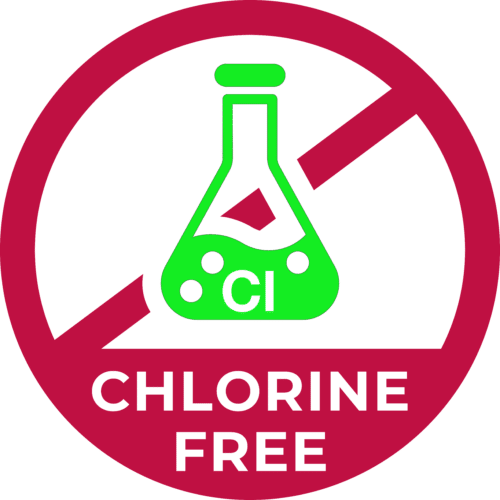Why Use Low Smoke and Halogen Free Conduit?

Protect People from Smoke Inhalation
Avoid smoke inhalation. This can save your life. Most people do not have personal protection equipment in their homes that firefighters use to prevent smoke inhalation.
So, regulations guiding construction and use of electrical equipment include prevention of smoke inhalation.
Since November 6, 1896, the National Fire Protection Association (NFPA) has promoted fire safety. Every three years, NFPA publishes an improved National Electrical Code (NEC).
An electrical fire may come from a single small source, but fire and smoke spread. Because fire can start from an electrical short circuit where broken wiring heats and ignites flammable material, the NEC recommends wiring protection. Electrical conduit is armor for wiring, preventing damage, accidental shock and fire. Since 1952, flexible, liquid tight, metal electrical conduit has been approved for use. The liquid tight jacket prevents water intrusion and electrical shock. Polyvinyl chloride (PVC) was extruded as a flexible jacket around metal conduit. However, material that is fire resistant at a low temperature can be ignited at higher temperatures, generating deadly smoke.
Polyvinyl chloride (PVC), which does not ignite easily, was used as a flexible jacket on metal conduit. However, at high temperatures, burning PVC releases chlorine gas. This toxic Halogen irritates eyes, skin and lungs. When a person breathes in chlorine, the chlorine reacts with water to form acid that injures internal organs. This action disables people, preventing escape from fire. In 1988, devastating fires and smoke inhalation fatalities showed need for materials that are Low Smoke and Halogen Free.
 Low Smoke, Halogen Free Conduit Jackets Are Now Available
Low Smoke, Halogen Free Conduit Jackets Are Now Available
Since 1985, ANAMET Electrical has created conduit jacketed with substitutes for PVC. Jacket compounds containing silicon, urethane and ethylene do not generate toxic Halogen gas. These compounds also have other attractive features such as increased resistance to acid or alkaline exposure.
PVC is accepted as safe for installation in outdoor, exposed, buried or concealed locations. The NEC allows PVC jacketed conduit in Hazardous Locations. However, if you are specifying construction in tunnels, in confined spaces with little or no ventilation or near heat sources, consider a Low Smoke and Halogen Free ANACONDA SEALTITE® conduit from ANAMET Electrical, Inc.
ANAMET Electrical, Inc. Delivers Options in Safer ANACONDA SEALTITE® Conduit
Here is a list of Low Smoke flexible, liquid tight, metal conduit types.
Here is a list of Halogen Free conduit types.

